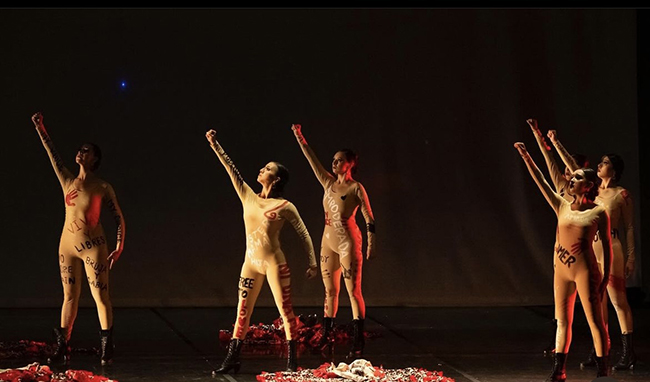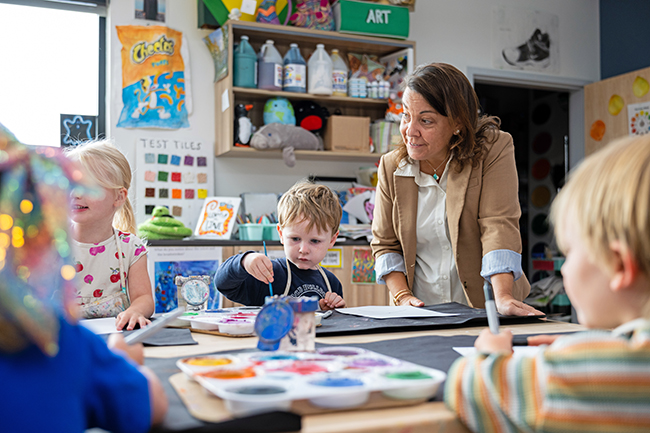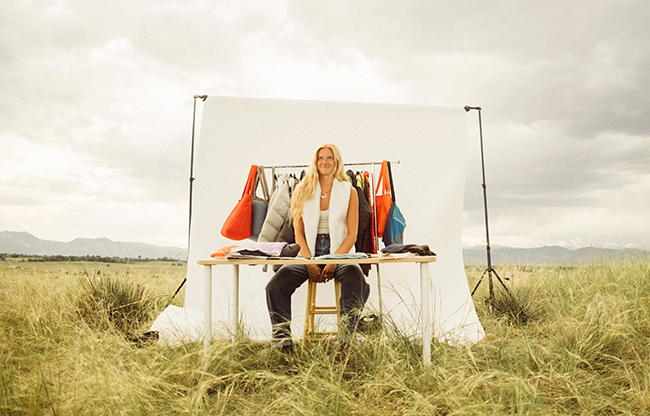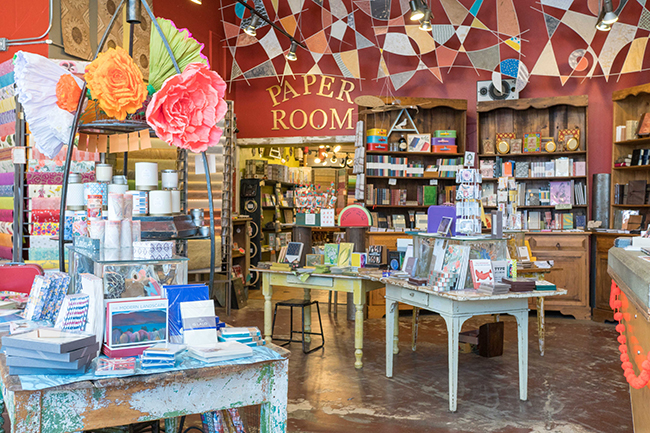A Passion for Justice
28 Aug 2014
Latina activist rises from a turbulent early life
By Tanya Ishikawa
Irene Vilar seems driven to connect people, events and ideas as a way of finding peace and meaning in her life. In recent years, her drive has evolved a broader focus—to bring together America’s multicultural communities as a sustainable extended family. A Boulder resident for a decade, Vilar is a Puerto Rican–American author, editor and literary agent, representing “thought-provoking voices of the Americas with an emphasis on Latino, Latin American, Caribbean and Jewish writers.” Her two published memoirs, The Ladies’ Gallery and Impossible Motherhood, describe an uncommonly turbulent life that shaped the surprisingly down-to-earth mother and cultural/environmental activist that she is today. From the beginning, Vilar’s psyche was impacted by her grandmother’s 1954 armed attack on the U.S. Congress in the name of Puerto Rican independence, and her resulting imprisonment. At the age of 8, Vilar watched from the back seat as her mother killed herself by jumping from the front seat of a moving car. Depressed and addicted to Valium, her mother had been sterilized during an “American-led population-control experiment” that is documented to have left roughly a third of Puerto Rican women sterile by the end of the 1970s. Vilar also observed alcoholism in her father and saw her older brothers suffer from heroin addiction. From her late teens to early adulthood, she would struggle with her own addictions and suicide attempts. Vilar, 44, credits “angelic” role models and a liberal education for her survival, along with a well-timed bit of psychotherapy and the self-examination of writing her memoirs. Vilar’s two uncles were charismatic Episcopal priests who preached liberation theology, a revolutionary mixture of Jesus and Marx. “They were inspiring, validating people’s lives every Sunday. Their words soothed us and lifted our burdens,” Vilar says. “My uncles’ wives were North Americans who they had met in Central America through missionary work, and represented the best of North America. That is what my backbone is made of—those Sundays of my first nine years of life, with the rituals of my family.” Life of the Mind Starting with her studies in a New Hampshire boarding school led by one of her uncles, and later in Spain,Vilar began to interpret the world and history through books. She says she often went to bed hugging books by Anne Frank, Martin Buber, Eduardo Galeano and Simone Weil. When she was a university student, The History of Childhood and The Emotional Life of Nations, by psychohistorian and professor Lloyd deMause, were pivotal in helping her understand the world history of relationships between parents and children. “As I look back, I see how crucial liberal education was in cultivating my humanity,” she wrote in her keynote speech for the Hispanic Caucus of the 2010 National Convention of State Senators and Legislators. “Basically, my liberal education turned me into a world citizen, one whose personal pains, tics and antics grew small in the face of others’ realities.” Perhaps the most important force in her personal evolution, she adds, was what she calls Latina spirituality, a quality of resilience that cushions catastrophe. Motherhood, too, has brought “stillness” to her life and helped her discover her best side. By marrying Daniel Grandbois while attending Bennington College in Vermont, she became mother to two young children from his previous marriage. Later, the couple had two daughters, now 10 and 8, whom Vilar home-schooled until last year. ‘Art Is Such a Powerful Connector’ In 2013, Vilar founded the Americas Latino Eco Festival, a multicultural forum held in Boulder. It brings together thought leaders of the Americas with the Colorado community to share ideas about ecological sustainability through discussion and art. “Our aim is to inspire an awakening of our community’s longtime interest in our natural roots, public lands, clean air and environmental stewardship, and help realign people’s perceptions of Latino Americas,” she says. The second annual festival is scheduled for Sept. 9-15, and Vilar hopes the event will become the largest environmentally focused gathering hosted by Latinos. In fact, she sees it as the Colorado-based, Latino version of Austin’s South by Southwest film and music festival and conference. “Art is such a powerful connector,” she says. “It’s one of the ways to bring together different cultural communities.” Paty Romero Lankao, a social scientist at the National Center for Atmospheric Research, participated on a panel on environmental justice at the 2013 festival and is a member of the festival’s advisory board. She says Vilar plays a key role as a Latina leader who “wants to make public an unexplored facet of the Latinos as a vibrant community capable of succeeding in the most diverse areas, from design to art, from science to technology. … She is not afraid of embarking on risky endeavors, and she is a visionary.” Sam Assefa, another advisory board member, curated a lecture on architectural sustainability for the 2014 festival, and is the senior urban designer in the city of Boulder’s Department of Community Sustainability & Planning. He describes Vilar as a “very dynamic, fascinating, passionate role model.” “She has a very kind and caring way, a tenacious personality and her own unique way of getting that across to the listener. She has a quality to really get you to see things," Assefa says. “Simply being exposed to her and her activities could change someone’s life. They could become advocates for the environment, and the ripple could be felt in the next generation.”[divider]
Boulder Magazine contributor Tanya Ishikawa enjoys writing stories of cross-cultural activism and cooperation. Married to a Japanese native and raising one 9-year-old son, she credits her parents for instilling a strong interest and empathy for various cultures.












